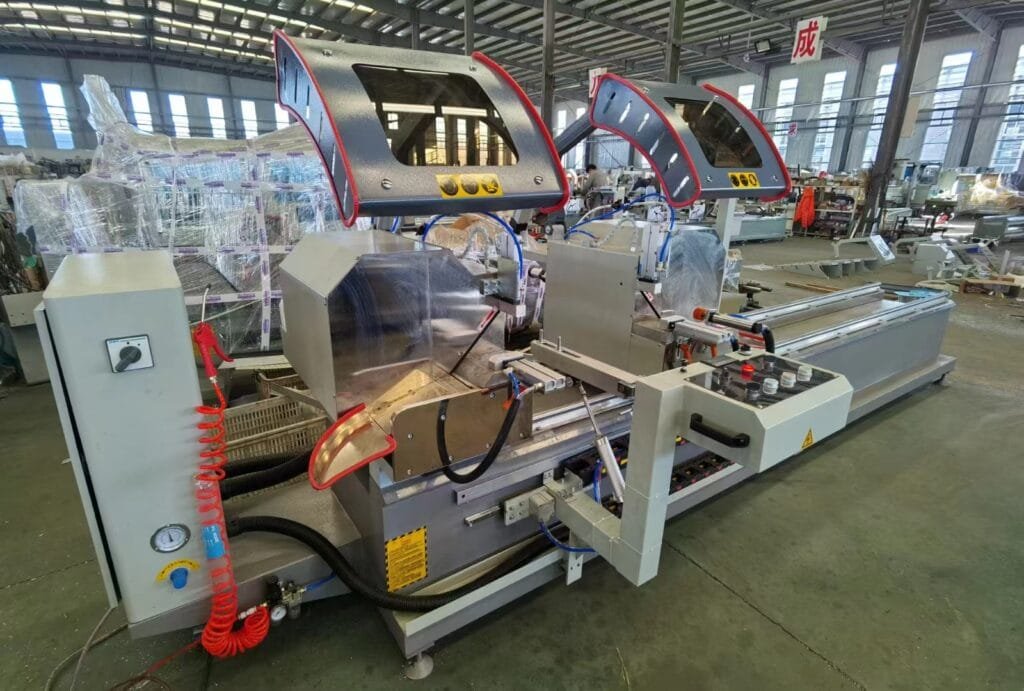In the world of modern manufacturing, precision and efficiency are paramount. One of the most essential tools that have revolutionized the industry is the CNC (Computer Numerical Control) drilling and milling machine. This advanced piece of equipment combines the capabilities of drilling and milling into a single, highly automated system, enabling manufacturers to produce complex parts with exceptional accuracy and speed.
What is a CNC Drilling and Milling Machine?
A CNC drilling and milling machine is a computer-controlled device that performs both drilling and milling operations. Drilling involves creating holes in a workpiece, while milling entails removing material from the surface to shape it into a desired form. By integrating these two functions, the machine can handle a wide range of tasks, from simple hole drilling to intricate 3D contouring.
Key Components and Features
- Control Panel and Software: The heart of the CNC machine is its control panel, which runs specialized software. Operators input design specifications into the software, which then translates these instructions into precise movements of the machine’s tools.
- Spindle: The spindle is a rotating component that holds the cutting tools. It can move along multiple axes (typically three to five), allowing for complex machining operations.
- Worktable: The worktable holds the workpiece in place during machining. It can move along the X, Y, and Z axes to position the workpiece accurately under the spindle.
- Cutting Tools: A variety of cutting tools, such as drills, end mills, and face mills, are used depending on the specific machining task. These tools are automatically changed by the machine as needed.
- Coolant System: To prevent overheating and extend tool life, CNC machines are equipped with coolant systems that lubricate and cool the cutting area.
Advantages of CNC Drilling and Milling Machines
- Precision and Accuracy: CNC machines can achieve tolerances within micrometers, ensuring that each part is manufactured to exact specifications.
- Versatility: These machines can handle a wide range of materials, including metals, plastics, and composites, making them suitable for various industries.
- Efficiency: Automation reduces the need for manual intervention, speeding up production and reducing the likelihood of human error.
- Complexity: CNC machines can produce intricate geometries and complex parts that would be difficult or impossible to achieve with manual machining.
- Reproducibility: Once a design is programmed, the CNC machine can produce identical parts repeatedly, ensuring consistency across large production runs.
Applications
CNC drilling and milling machines are used in numerous industries, including:
- Aerospace: Manufacturing precision components for aircraft and spacecraft.
- Automotive: Producing engine parts, transmission components, and custom fittings.
- Electronics: Creating intricate circuit boards and enclosures.
- Medical: Fabricating surgical instruments and implants with high precision.
- Mold Making: Developing molds for plastic injection molding and die casting.
Conclusion
The CNC drilling and milling machine is a cornerstone of modern manufacturing, offering unparalleled precision, efficiency, and versatility. By automating complex machining processes, it enables manufacturers to produce high-quality parts with consistent accuracy, driving innovation and productivity across a wide range of industries. As technology continues to advance, these machines will undoubtedly play an even more critical role in shaping the future of manufacturing.



